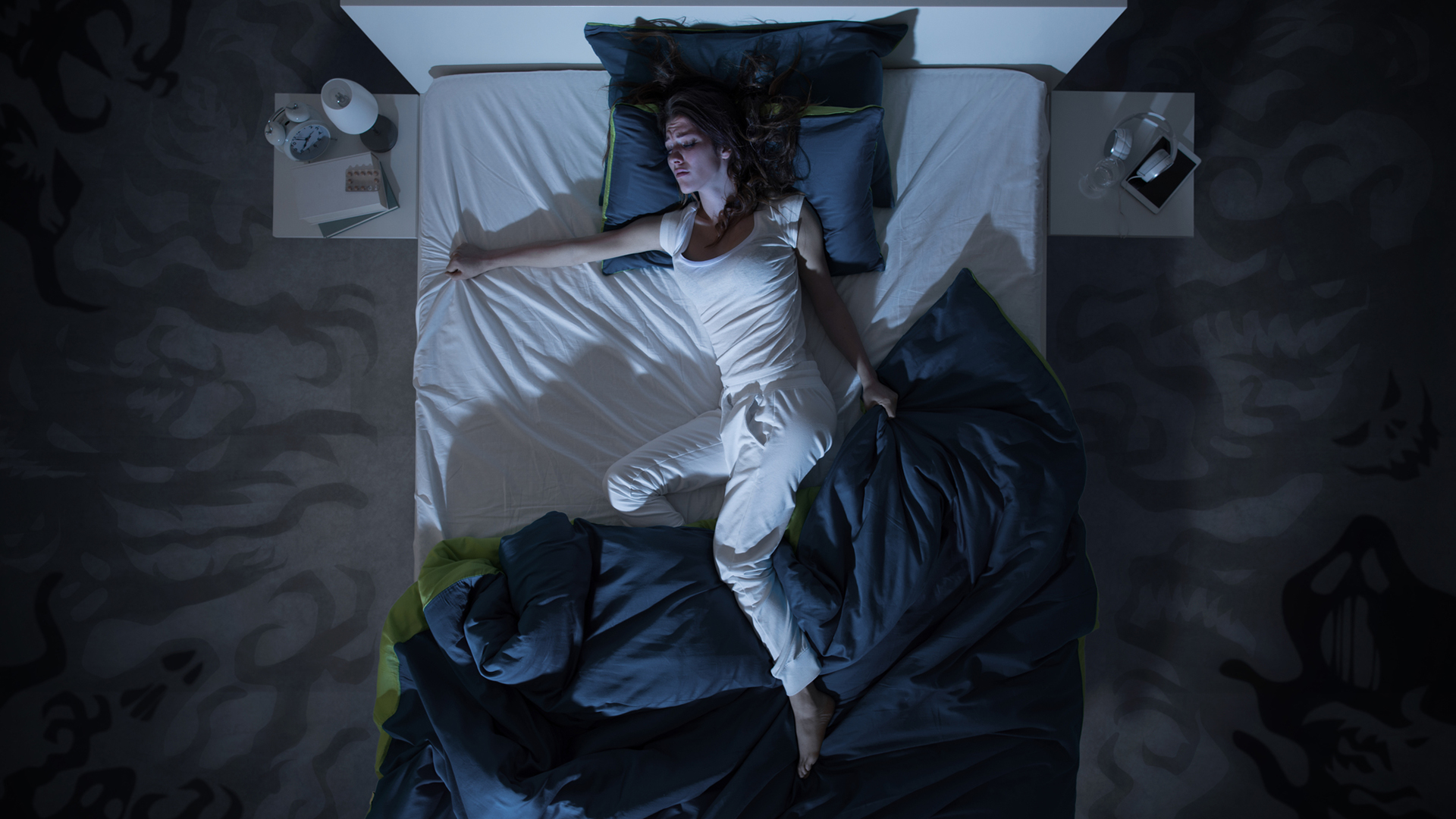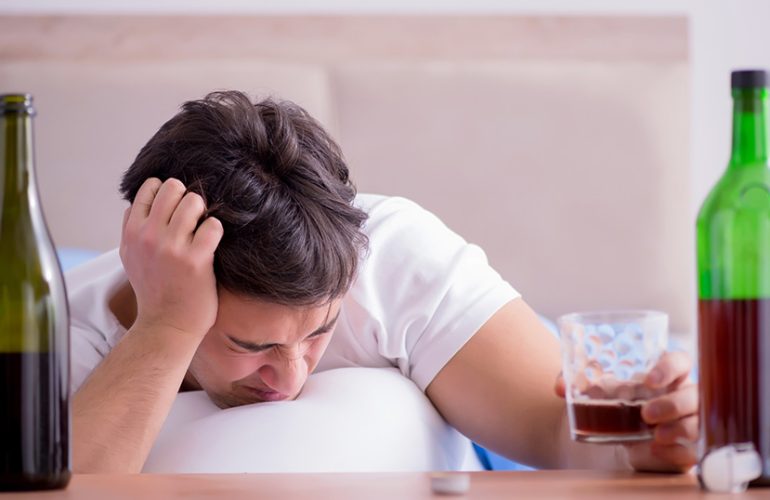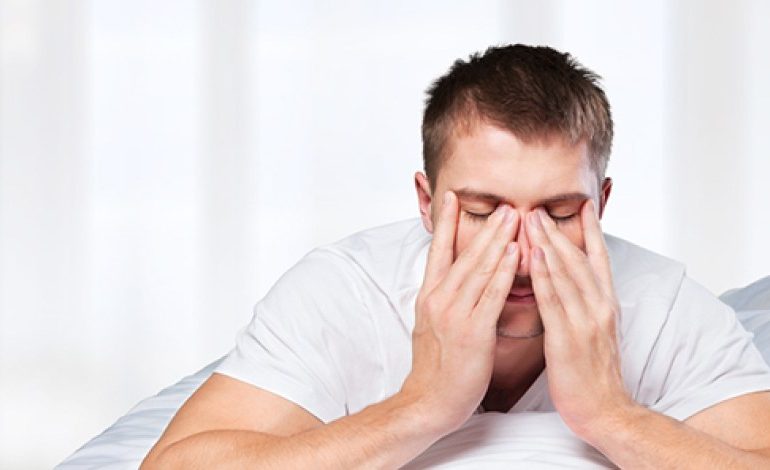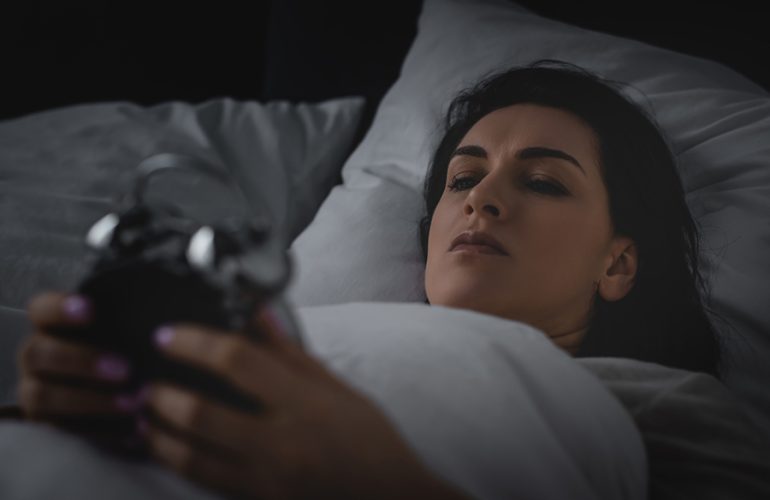Insomnia
The most frequently found sleeping disorder in youngsters is insomnia, which is indicated by the problems in going to sleep. Regularly caused by hysteria and depression, this condition also makes it difficult for an individual to stay in the state of sleep for lengthy periods, so giving the individual low quality sleep. Short term insomnia can be due to nerve-wrangling circumstances like a sickness, stress while at work, college or social circle or any other exhausting events happening in one’s life. Lingering insomnia from another perspective includes sleep turmoil for a minimum of 3 months.
Sleep Apnea
In sleep apnea, your respiring stops or gets awfully shallow while you are sleeping. Each pause in breathing usually lasts 10-20 seconds or even more, and the pauses can happen twenty to thirty times or even more an hour. In the episodes of apnea, the sleeper wakes up to respire again, interrupting sleep, and also is affected with a temporary shortage of oxygen.
Symptoms of Sleep Apnea include:
* Frequent gaps in respiring while asleep ( apnea )
* Gasping or choking for air to restart respiring, regularly causing sleeper or partner to wake
* Loud snoring
* Feeling unrefreshed after a night’s sleep and unnecessary daytime weariness
The most typical type of sleep apnea is obstructive sleep apnea. Factors behind sleep apnea are typically physical in nature, including additional weight or tissue (occasionally from being obese or fat ), enormous tonsils or adenoids, sinus congestion or blockage or a singular formed head, neck or jaw.
CPAP, a mechanical device worn while sleeping which supplies continual air pressure to keep the airway open, is the most commended treatment for moderate to severe sleep apnea.
CPAP can take a little getting used to, but provides effective relief when used in the right way.
Self help treatments, like shedding pounds, elevating the head of the bed or sleeping on your side, may also be effective cures for mild sleep apnea. Dental appliances and surgery are also treatment choices.
Snoring
Snoring, which is often confused with sleep apnea, could be a major barrier to quality sleep both for yourself and your better half.
Snoring is due to a narrowing of your airway, either from poor sleep posture, excess weight or physical disorders of your throat. A narrow airway gets in the way of smooth respiring and creates the sound of snoring.
There are many self-help cures and cures for snoring. If you’re a mild snorer, sleeping on your side, raising the head of your bed, or shedding weight may stop the snoring. Do not give up attempting to find a solution for your snoring it’ll make you and your better half sleep sounder.
Restless Legs Syndrome (RLS) and Periodic Limb Movements in Sleep (PLMS).
The desire to move occurs when resting or lying down and is mostly due to uncomfortable, tingly, or creeping sensations in the legs or influenced limbs. Movement lightens the feelings, but only for a bit.
Periodic Limb Movement Disorder ( PLMD ) is a related condition concerning involuntary, rhythmical limb movements, either while asleep or when awake. While the majority who’ve Twitchy Legs Syndrome also have PLMD, only some individuals with PLMD also have RLS.
RLS may run in families.
Alternative cures, life changes, and even nutritive additions have proved useful for RLS and PLMD sufferers.
Narcolepsy
Narcolepsy is a neurological disorder that causes acute sleepiness and can even make somebody go to sleep all of a sudden and without any warning.
The sleep attacks experienced by folks with narcolepsy happen even after getting plenty of sleep at night, and make it hard for folk to live ordinary lives. Dropping off during activities like walking, driving or working can have dangerous results.
* Discontinuous, uncontrollable episodes of dropping off in the daytime
* Exaggerated daytime sleepiness
* Sudden, fugitive loss of muscle control during emotional situations ( cataplexy )
Treatment needs a mix of medication, behaviour treatments, and support.
REM sleep behavior disorder
REM sleep behavior disorder causes interruptions in the brain during REM sleep. During REM ( i.e, the dream part of sleep ), an area of the brainstem called the pons sends signals to the cerebral cortex, which is the area of the brain answerable for thinking and organizing info. The pons also sends signals to muscles in the body during REM, causing a kind of brief paralysis.
In somebody with REM sleep behavior disorder, these signals transliterate into pictures that make up dreams. If the signals are meddled with, the individual may physically act out dreams while sleeping.
Cataplexy is weakness or paralysis of the muscles. In narcoleptic patients, it could be caused by exhaustion and intense emotions and can be accompanied by short, sudden episodes of laughter or outrage.
When cataplexy happens, people who are standing may fall down.
Sleep Paralysis
Sleep paralysis is the incapacity to move the arms, legs, or whole body that happens when somebody is going to sleep or awakening. It typically lasts a particularly temporary time period. Folk who experience sleep paralysis may become extraordinarily concerned and frequently regain movement only if they hear an intense noise or another impulse.
Jet lag
Jet lag is a physiological condition which is a consequence of modifications to circadian rhythms; it is assessed as one of the circadian rhythm sleep disorders.
Circadian rhythm sleep disorder
Examples include jet lag and shift work sleep disorder. Sufferers aren’t able to wake and sleep in the standard routines needed to function in standard work, college and social settings.
Delayed sleep-phase syndrome
Delayed sleep phase syndrome is a circadian rhythm sleep problem, a protracted disorderchronic disorder of the timing of sleep, top period of alertness, core body temperature, hormonal and other daily rhythms relative to societal norms.




